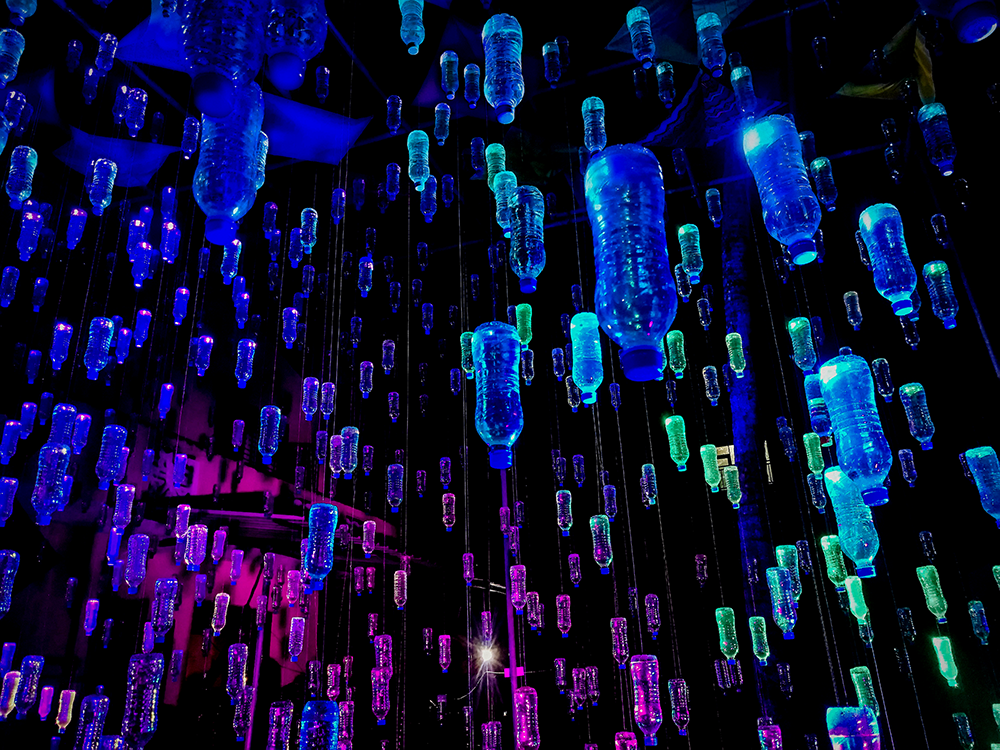Have you ever wondered what really happens to old plastic bottles after you place them dutifully in the recycling bin?
Or gazed at a chic sweater made from discarded T-shirts and had more questions than answers about how it came to be?
We've all seen those jaw-dropping upcycled art pieces - you know, the ones that transform old tires into planters or repurpose broken furniture into gorgeous lamps.
As artists, creators, and connoisseurs of beauty, our curiosities are piqued by repurposed materials given new life through clever design.
But is upcycling always as virtuous as it seems?
Do upcycled products prolong the lifespan of materials or merely delay the inevitable trip to the landfill?
Is the hype around upcycled art purely for aesthetics or does it symbolize a cultural shift towards sustainability?
In this post, we'll take a closer look at upcycling trends to separate marketing hype from environmental impact.
Through vibrant examples and insightful perspectives, we aim to provide clarity on this complex topic so you feel empowered in your artwork and consumer choices.
From the pros and cons of certain materials to innovative new methods of extending product lives, we'll unravel the nuances hiding beneath those beautifully reimagined pieces.
By the end, you'll have the tools to form your own opinion on whether upcycling is good or bad for both people and the planet.
Let's get started on our journey of reimagination and turning trash into treasure!
Key Takeaways:
- Upcycling presents a creative solution to waste by giving old materials a new life, often with higher quality and value.
- It contributes to environmental benefits by reducing landfill waste, greenhouse gas emissions, and the depletion of natural resources.
- While upcycling has many positives, it is essential to consider the balance between the resources used in upcycling and the environmental impact.
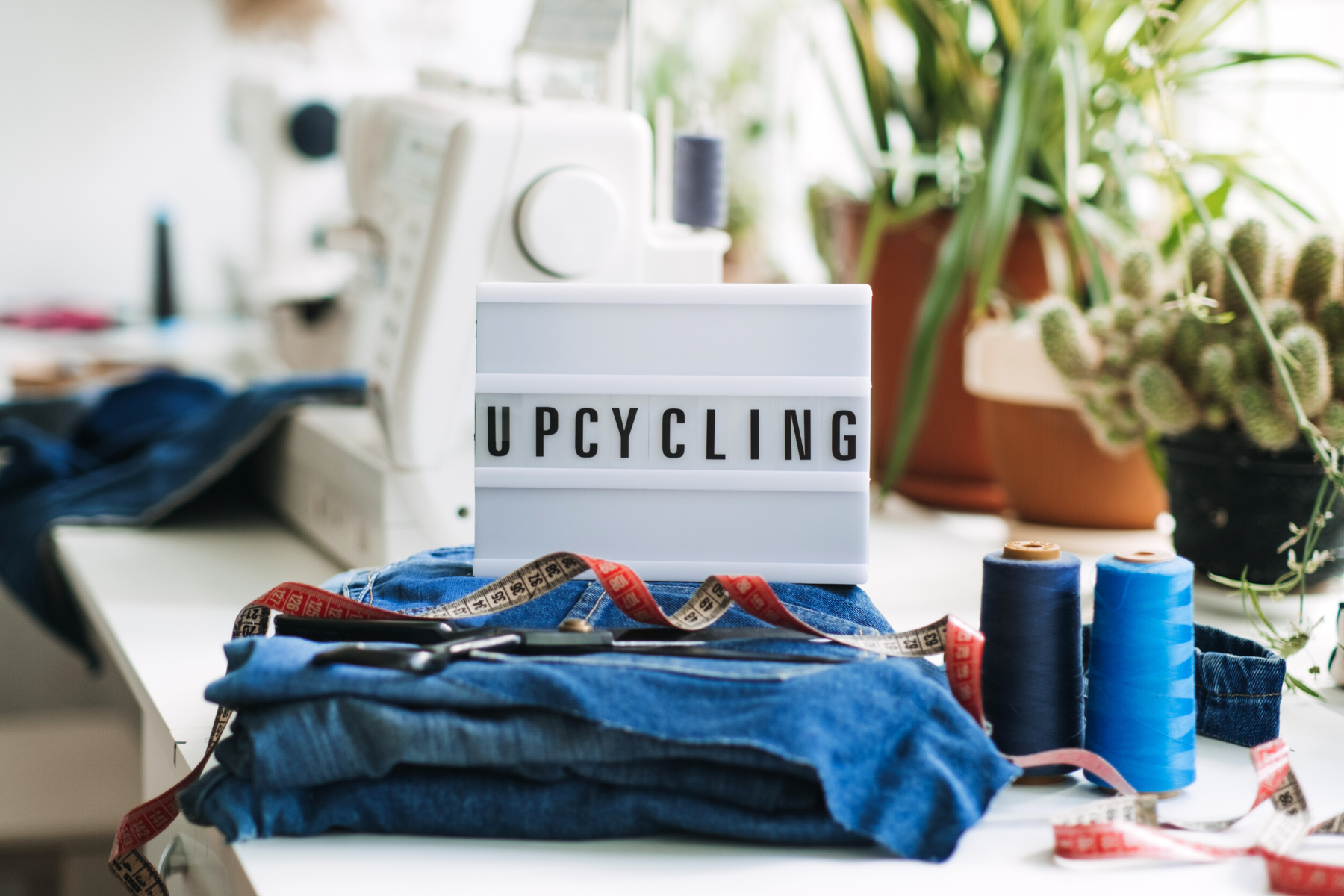
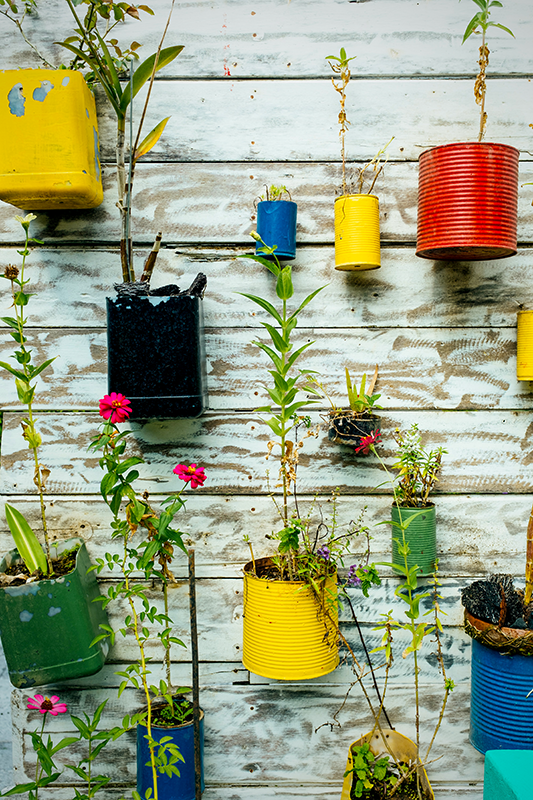
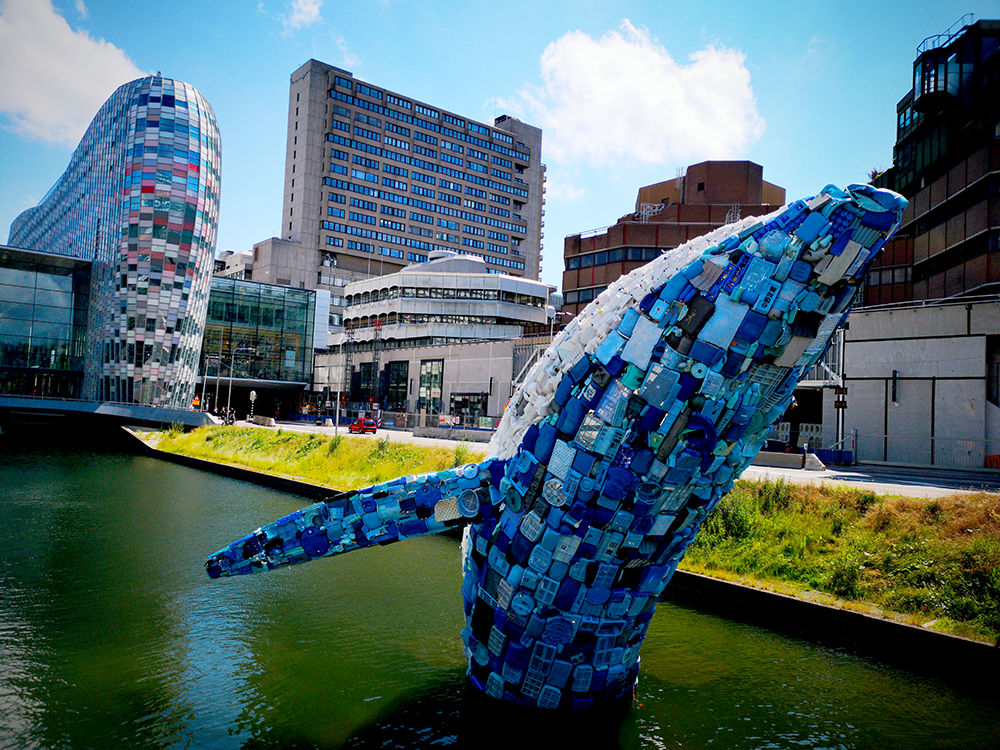
Understanding Upcycling
Upcycling has become a buzzword in the sustainability conversation, often touted as a panacea for the planet's waste woes.
Upcycling is the process of transforming unwanted products into new materials or products of higher quality or value than the original.
Unlike recycling, which breaks down old materials to create new ones, upcycling involves a creative reinvention that often retains some of the original product's characteristics.
For example, old maps can be transformed into unique picture frames, giving them a new lease on life while preserving their original charm.
This process requires less energy and resources than recycling, making it a more sustainable option.
The Environmental Benefits of Upcycling
One of the primary benefits of upcycling is its positive impact on the environment.
By giving a second life to old items, upcycling reduces waste that would otherwise end up in landfills.
This process also conserves natural resources since fewer new or raw materials are needed.
Moreover, upcycling can lead to fewer carbon emissions compared to manufacturing new products, as it often requires less energy.
The Economic Impact of Upcycling
Upcycling can also have a positive effect on the economy.
It opens up opportunities for small businesses and independent businesses to create unique, eco-friendly products.
These upcycled items often have a higher value due to their uniqueness and the craftsmanship involved.
Additionally, upcycling can lower manufacturing costs since reused materials are often less expensive than new ones.
This can lead to more affordable and sustainable products for consumers.
Upcycling and the Circular Economy
The concept of a circular economy is central to understanding why upcycling is important. In a circular economy, resources are reused and repurposed to create a closed-loop system, minimizing waste.
Upcycling plays a crucial role in this system by ensuring that old materials are not discarded but instead find new uses.
This approach not only reduces landfill waste but also cuts down on the need for new materials, which can have a significant environmental impact.
By incorporating upcycling into the circular economy, we can move towards a more sustainable future.
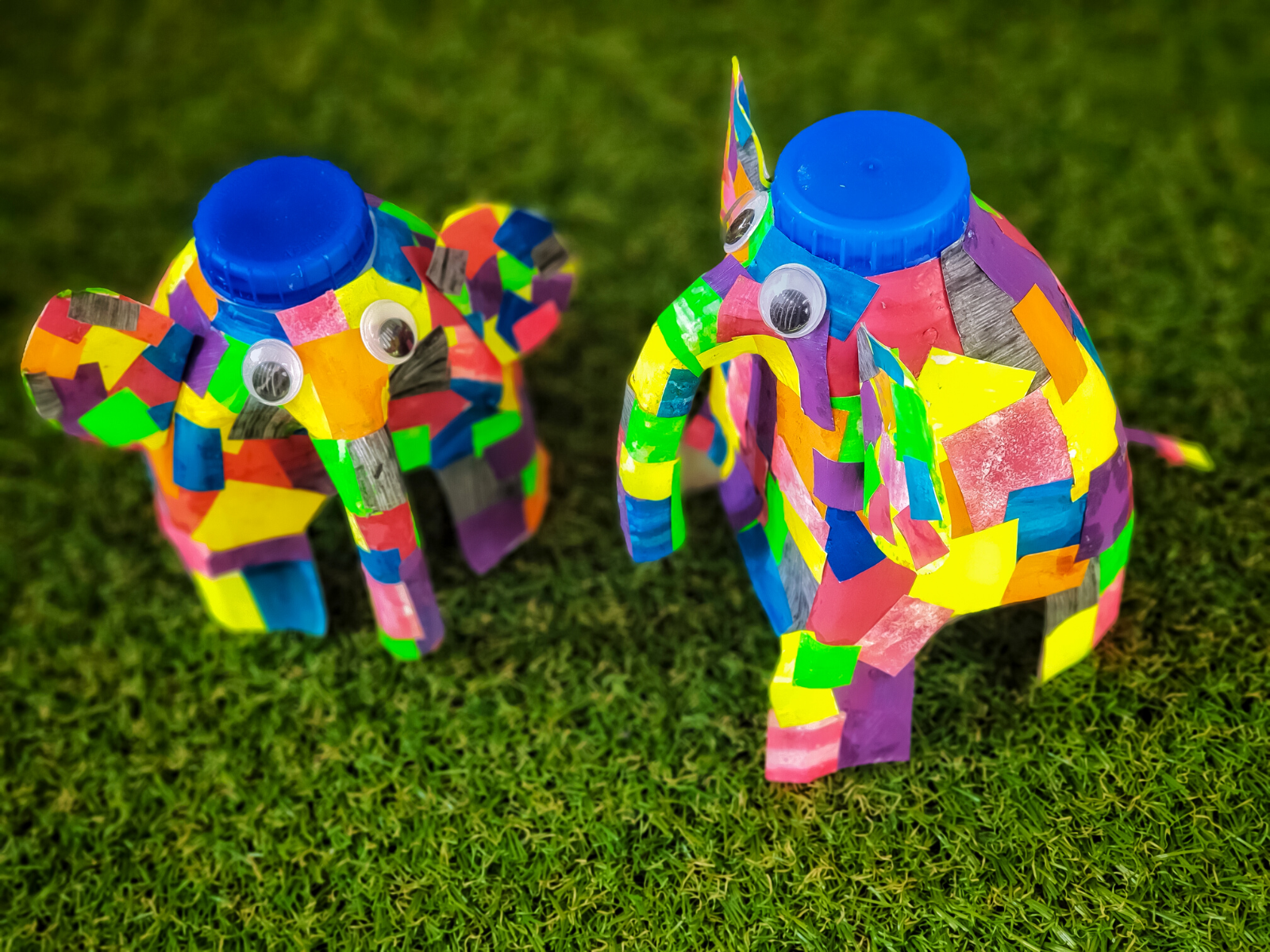
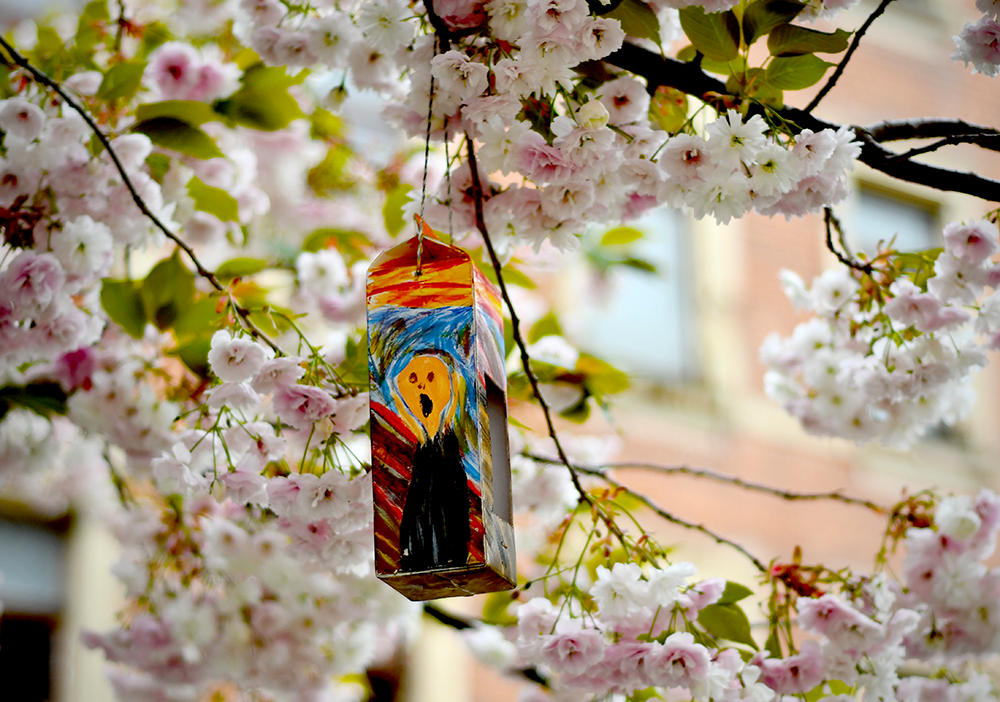
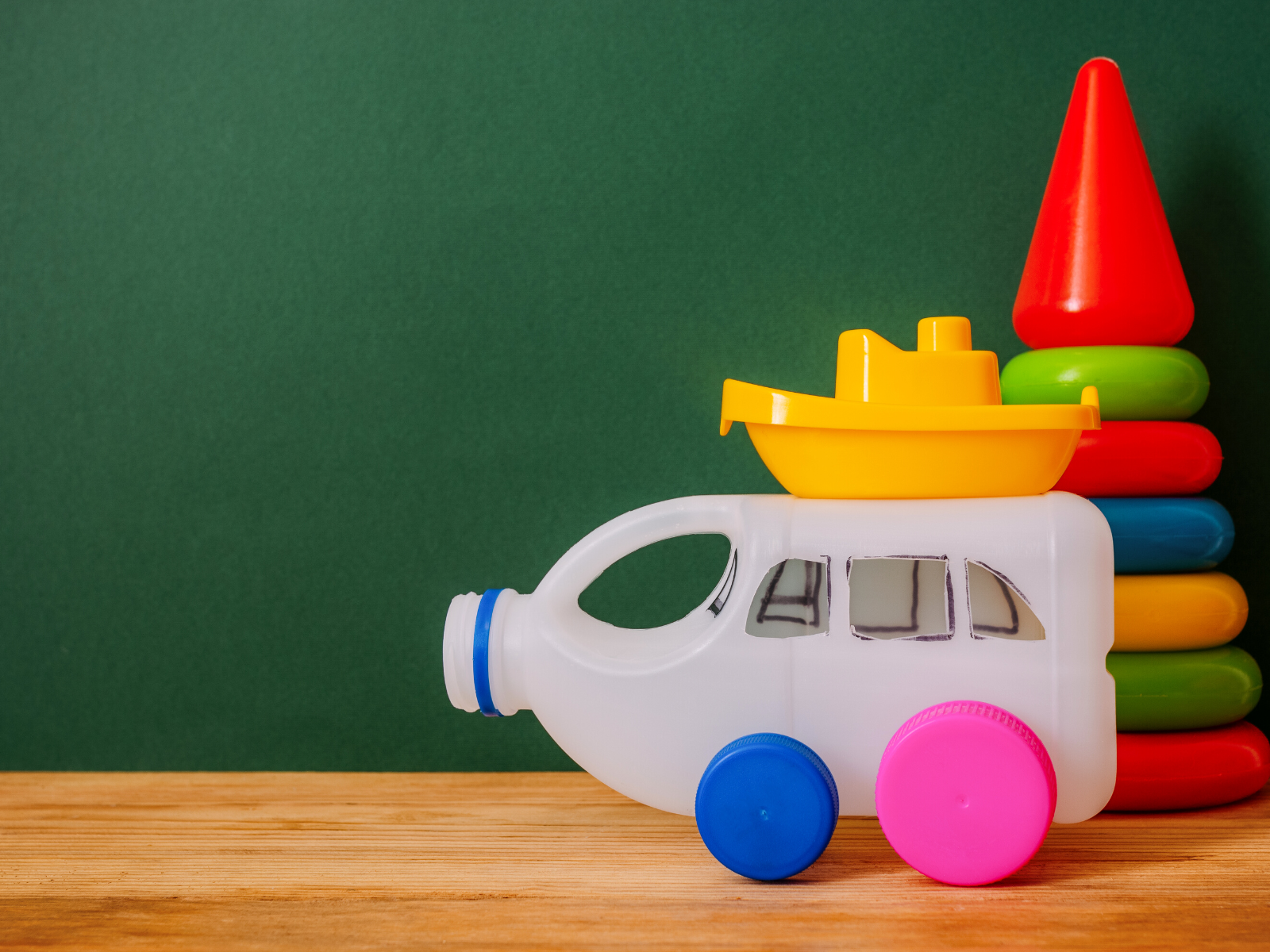
Upcycling vs. Recycling
While both upcycling and recycling aim to reduce waste, they differ in their approach and impact.
Recycling involves breaking down materials to create something new, often at a recycling center.
This process can sometimes lead to downcycling, where the recycled material is of lower quality than the original.
Upcycling, on the other hand, focuses on adding value and extending the life of the original product.
It can be done on a smaller scale and does not require specialized facilities, making it more accessible to individuals and small businesses.
Additionally, upcycling often uses fewer resources compared to recycling, making it a more sustainable option.
The Financial Incentives of Upcycling
Upcycling isn't just an eco-friendly practice; it's also a financially savvy move for both creators and consumers.
By transforming reusable material into upcycled products, individuals and businesses can tap into a market that appreciates uniqueness and sustainability.
For instance, a single t-shirt, which might have ended its life cycle in a landfill, can be repurposed into a fashionable tote bag.
This not only saves money on fabric but also adds value to what would have been waste, allowing for the sale of a new, desirable product.
Moreover, upcycling important pieces of furniture can lead to significant savings and even profit.
Instead of purchasing new furniture, savvy consumers are turning to upcycled alternatives that offer a blend of character and modernity.
Businesses that specialize in refurbishing old furniture can acquire pieces at low costs, apply some paint and creativity, and produce items that fetch a higher price.
This model not only benefits the environment by reducing waste but also supports a sustainable economy by circulating money within local communities.
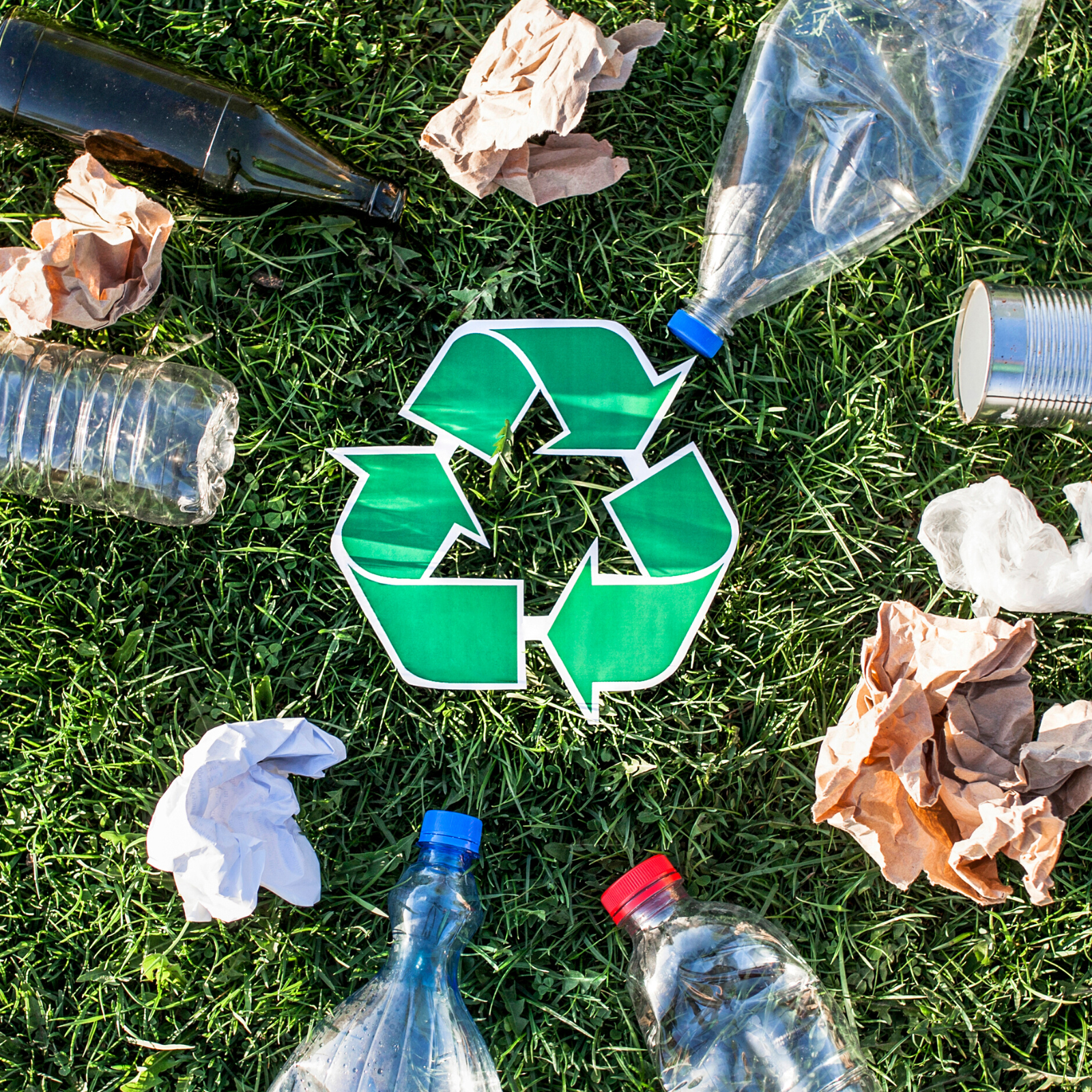

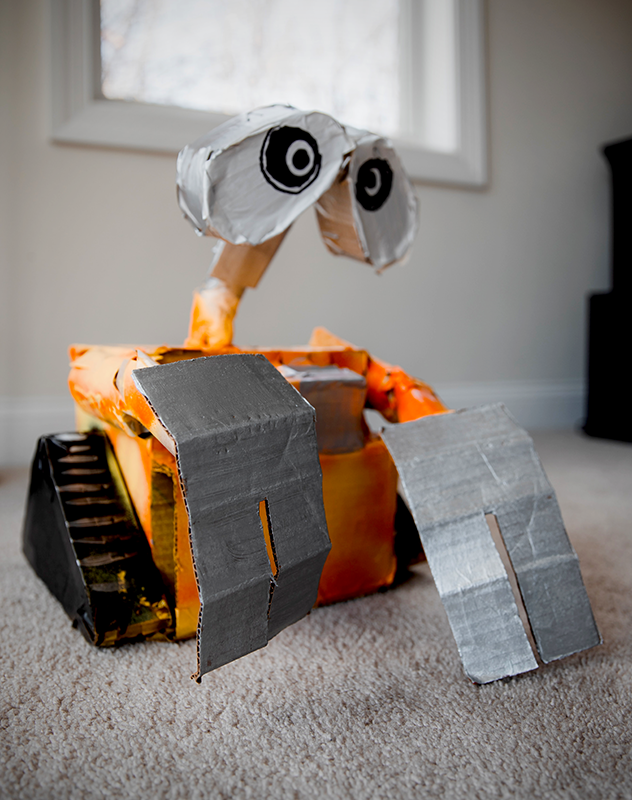
Upcycling's Role in Reducing Water Pollution
The process of creating new products, particularly textiles, often involves substantial water usage and can lead to water pollution.
Upcycling plays a crucial role in mitigating these environmental issues.
By reusing materials, the need to produce new raw materials is diminished, which in turn reduces the water footprint of products.
For example, the production of a single t-shirt can require thousands of gallons of water, but repurposing existing textiles into an upcycled product conserves this precious resource.
Furthermore, the chemicals used in manufacturing new items, such as dyes and treatments for textiles, often find their way into water systems, causing pollution and harming aquatic life.
Upcycling circumvents the need for these processes, thereby preventing further contamination of water bodies.
An upcycled product, therefore, not only represents a creative reuse of materials but also stands as a testament to eco-friendly practices that protect our planet's water resources.
By choosing upcycled goods, consumers actively contribute to the reduction of water pollution and promote a healthier environment.
Upcycling Process: Single T-Shirt to Eco-Friendly Fashion
Upcycling a single t-shirt may seem like a small step, but it's a significant leap towards eco-friendly fashion.
The process begins with the deconstruction of the garment, where each part is separated and assessed for its potential to be transformed.
Fabrics are cleaned, often dyed with sustainable methods, and then creatively repurposed.
This could mean turning a t-shirt into a trendy tote bag, a chic scarf, or even part of a quilt.
The key is in seeing the value in every thread and envisioning a new life for what was once a simple piece of apparel.
The beauty of upcycling lies in its ability to merge creativity with sustainability.
When a single t-shirt is upcycled, it avoids the landfill and reduces the need for new resources.
This process not only conserves energy and water but also limits the pollution typically associated with manufacturing new garments.
By choosing to upcycle, consumers and designers alike take an active role in reducing the environmental footprint of the fashion industry, making a statement that style doesn't have to come at the expense of the planet.



Upcycling and Education: Eco-Friendly Message
Educational initiatives play a crucial role in spreading the eco-friendly message of upcycling.
Workshops and school programs that focus on teaching the principles of upcycling can inspire a new generation to think differently about waste.
By demonstrating how to transform a single t-shirt into a variety of new products, these educational efforts highlight the practicality and accessibility of upcycling.
They also encourage individuals to consider the lifecycle of their possessions and to make more sustainable choices in their daily lives.
Moreover, online platforms and social media have become powerful tools in educating the public about the benefits of upcycling.
Through tutorials, success stories, and virtual classes, experts can reach a global audience, showcasing the endless possibilities of turning old into new.
These resources not only teach practical upcycling skills but also foster a community of eco-conscious individuals who are committed to the recycle and upcycle movement.
By leveraging education, the upcycling message continues to gain momentum, inspiring positive environmental change one t-shirt at a time.
The Creative Aspect of Upcycling
Upcycling isn't just about being environmentally friendly; it's also about flexing your creative muscles.
It encourages individuals to look at old items, such as plastic bottles or clothing, in a new light.
Upcycling ideas can range from turning a single t-shirt into a reusable bag to repurposing old furniture into something modern and stylish.
This creative process not only gives items a new life but also allows people to express their individuality.
By showcasing their unique upcycled creations, individuals can inspire others to think outside the box and embrace sustainable practices.
Upcycling in Daily Life
Incorporating upcycling into daily life can sound easy, but it requires a shift in perspective.
Instead of throwing away plastic bags or tossing an old piece of furniture into the recycling bin, consider how these items can be given a new life.
Whether it's creating new items from recycled materials or buying upcycled items from local artisans, every effort counts towards reducing waste and combating climate change.
By making upcycling a part of our daily routine, we can contribute to building a sustainable future and inspire others to do the same.
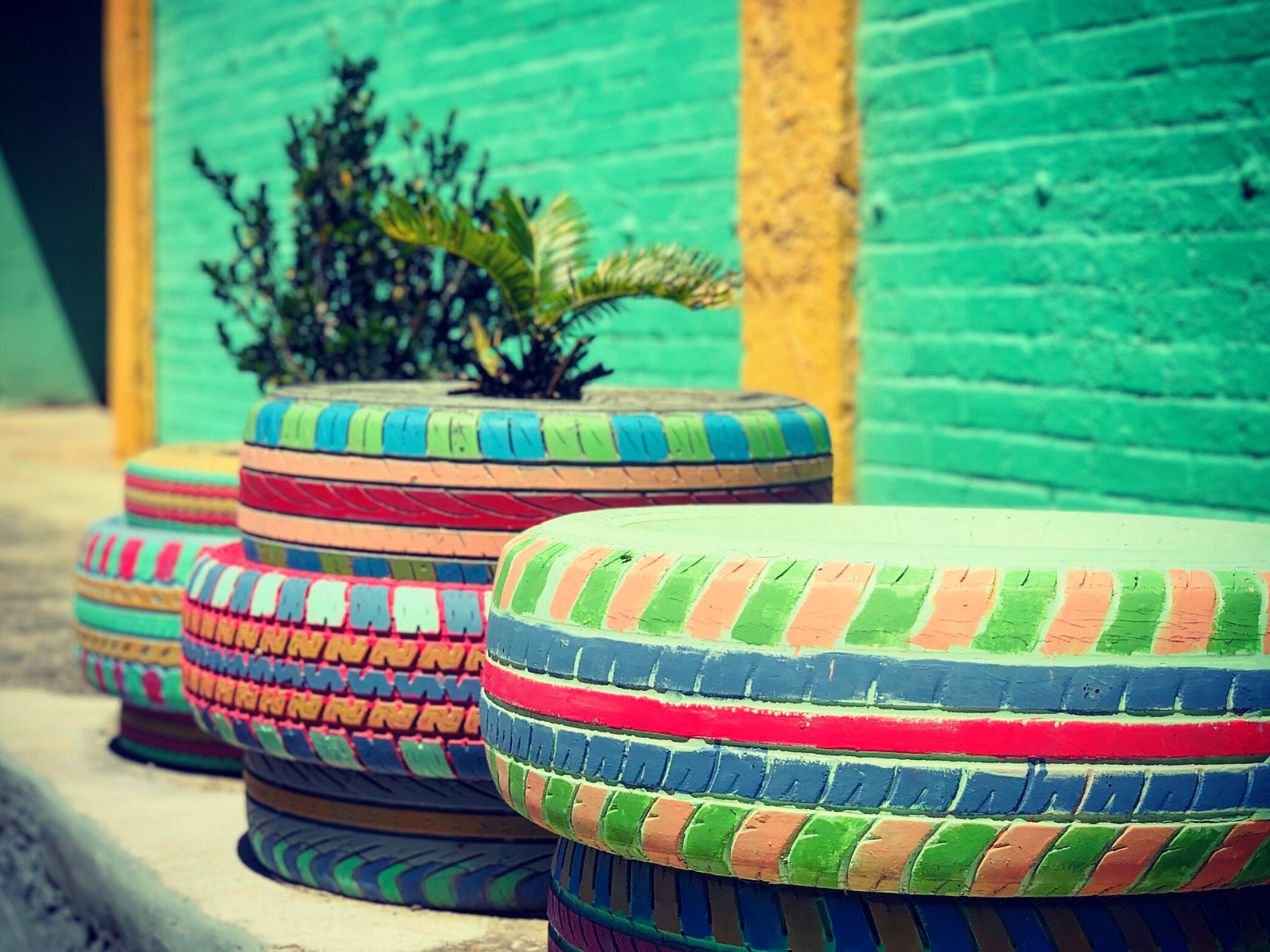

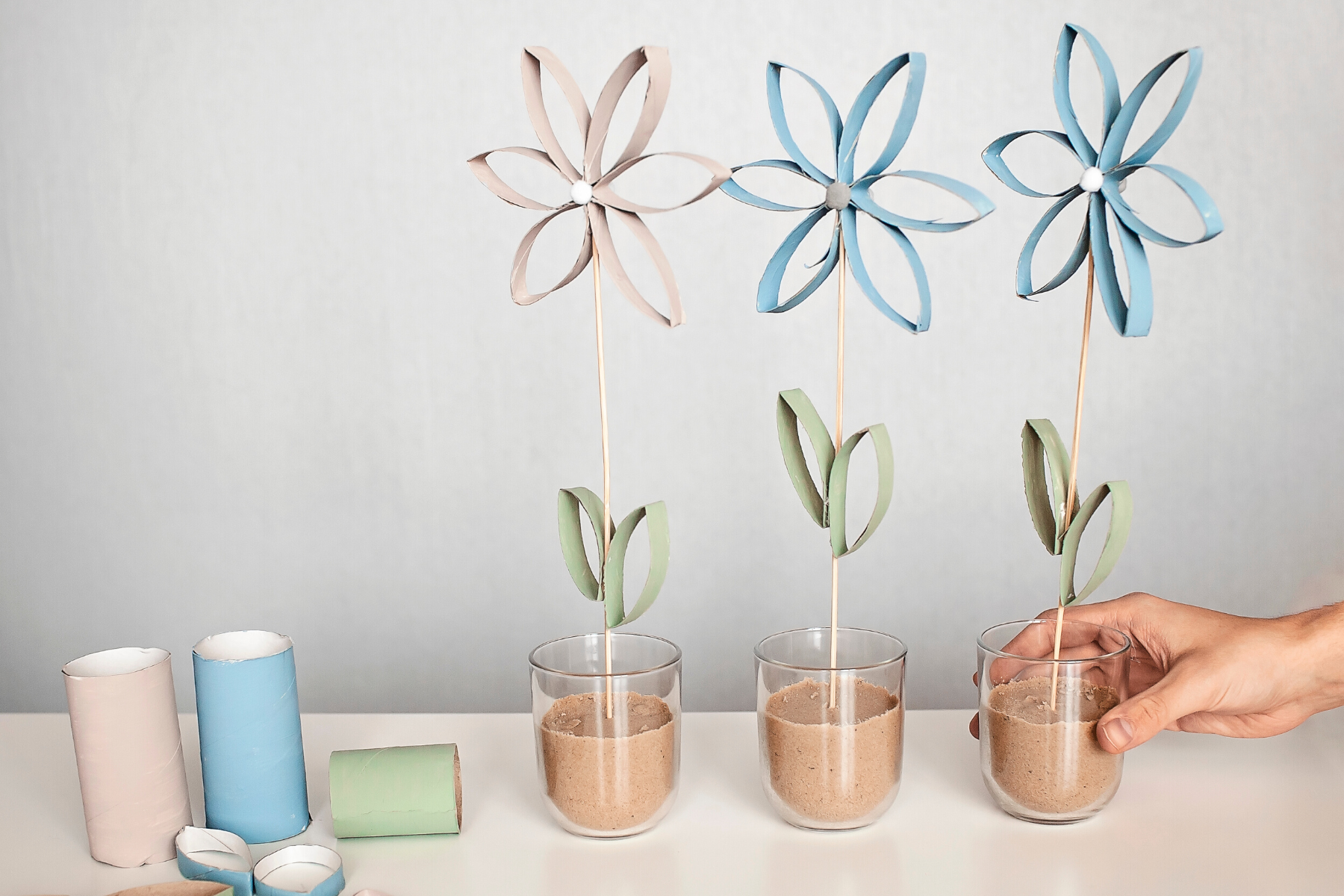
The Role of Consumers in Upcycling
Consumers play a vital role in the upcycling movement.
By choosing to buy upcycled items or create their own, they support a more sustainable and environmentally friendly world.
When consumers feel confident in the value and quality of upcycled products, they are more likely to invest in them, thus promoting a market for reused and repurposed items.
This demand can have a positive impact on the economy, as businesses shift towards more sustainable production methods.
Moreover, consumers can also make a difference by opting to upcycle or donate their old items instead of throwing them away.
By reducing waste and conserving resources, individuals actively contribute to creating a better world for future generations.
Upcycling and Its Global Impact
Upcycling has the potential to make a significant impact on a global scale.
By reducing waste, conserving resources, and lowering greenhouse gas emissions, upcycling contributes to the fight against climate change.
It also promotes a more sustainable lifestyle that can be adopted by individuals and communities worldwide, creating a ripple effect that benefits the planet.
Moreover, the economic benefits of upcycling, such as job creation and cost savings, can have a positive impact on local communities.
By incorporating upcycling into daily life and supporting businesses that prioritize sustainability, we can play a part in creating a more sustainable world for all.
The Challenges of Upcycling
Despite its many benefits, upcycling isn't without its challenges.
It requires time, creativity, and sometimes additional resources, which can complicate the process.
For instance, painting or repairing an old object to give it a higher quality might involve the use of new materials, which could offset some of the environmental benefits.
It's crucial to weigh the resources used in upcycling against the potential environmental savings.
Moreover, upcycling also requires a shift in mindset and habits, which can be difficult to adopt for some individuals.
To overcome these challenges, it's essential to continually educate ourselves and others about the value of upcycling and its positive impact on the environment.
Furthermore, upcycling is not a one-size-fits-all solution.
What works for one item may not be suitable for another, making it essential to assess the feasibility of upcycling on a case-by-case basis.
By being mindful of these challenges, we can make informed decisions about how we incorporate upcycling into our lives.
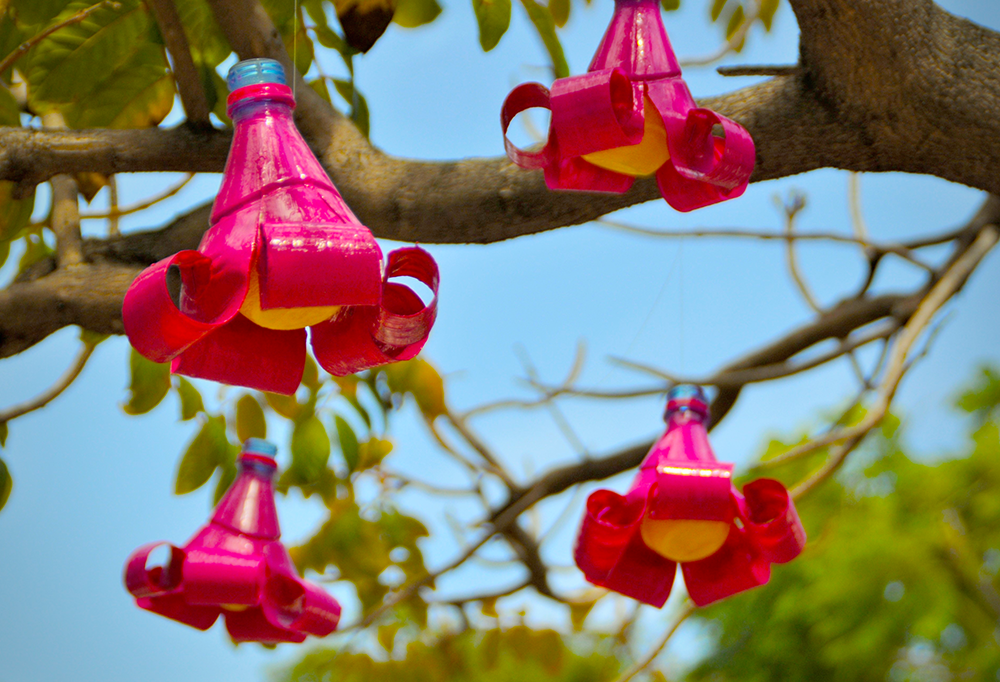

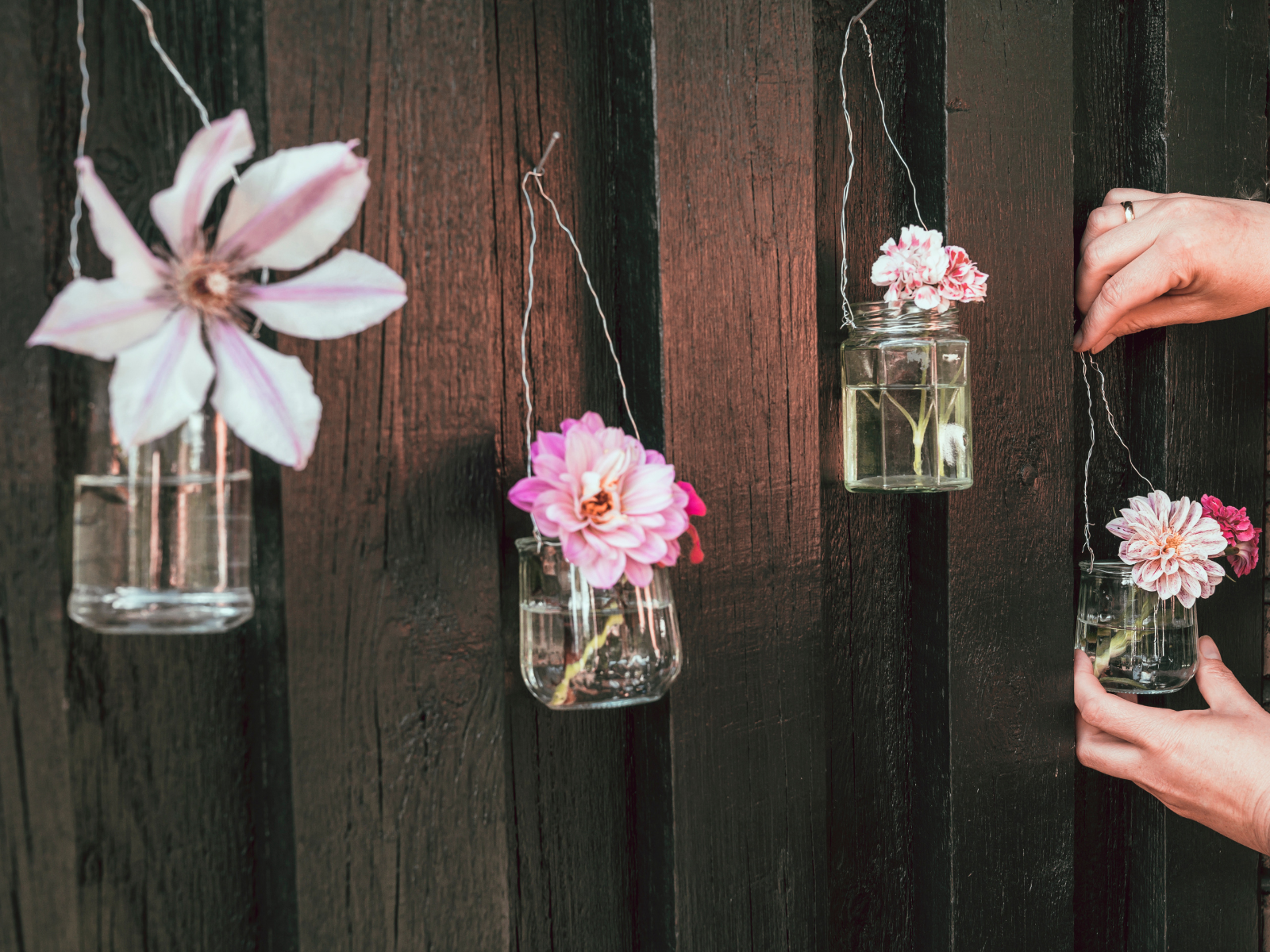
The Future of Upcycling
As awareness of environmental issues grows, upcycling is likely to become an even more critical part of our approach to waste and resource management.
With advancements in technology and design, the possibilities for upcycled products are expanding, offering new opportunities for innovation and sustainability.
Moreover, as upcycling becomes a more prominent part of daily life, we can expect to see a shift towards a more circular economy that prioritizes reuse and repurposing.
By continuing to prioritize upcycling in our personal and professional lives, we can contribute to creating a greener and more sustainable future for all.
All in all, upcycling goes beyond being a trend or a fad.
It's an essential component of the circular economy that enables us to rethink how we use and dispose of our resources.
By embracing upcycling, we can move towards a more sustainable future and make a positive impact on both the environment and society.
Upcycling for a Better Tomorrow
While recycling is a crucial part of waste management, upcycling offers a more sustainable and creative alternative.
Upcycling is a powerful tool in the quest for sustainability, offering a creative and practical way to reduce waste, conserve resources, and minimize environmental impact.
By repurposing materials into new products of higher value, we can reduce waste, conserve resources, and promote a circular economy.
Moreover, upcycling offers significant financial incentives for both creators and consumers and
Upcycling is an essential component of building a more sustainable future.
While it's not without its challenges, the benefits of upcycling—environmental, economic, and creative—make it a practice worth embracing.
As we continue to seek solutions for a healthier planet, upcycling stands out as a positive and impactful choice.
So, why not try your hand at upcycling and see what treasures you can create from your old belongings?
Trust us, once you start, you won’t look back!
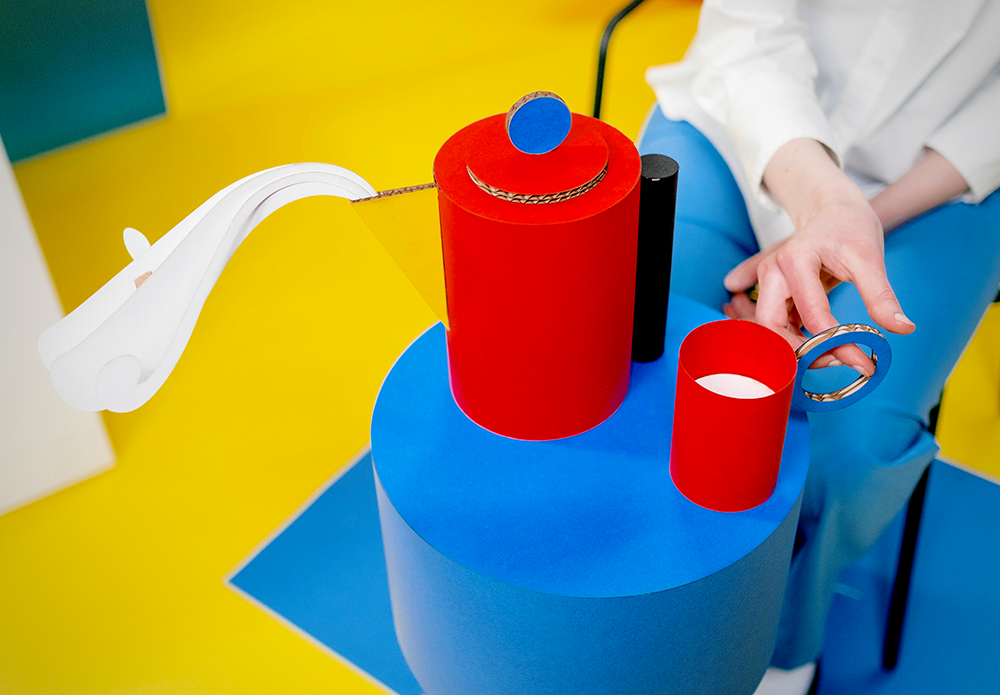

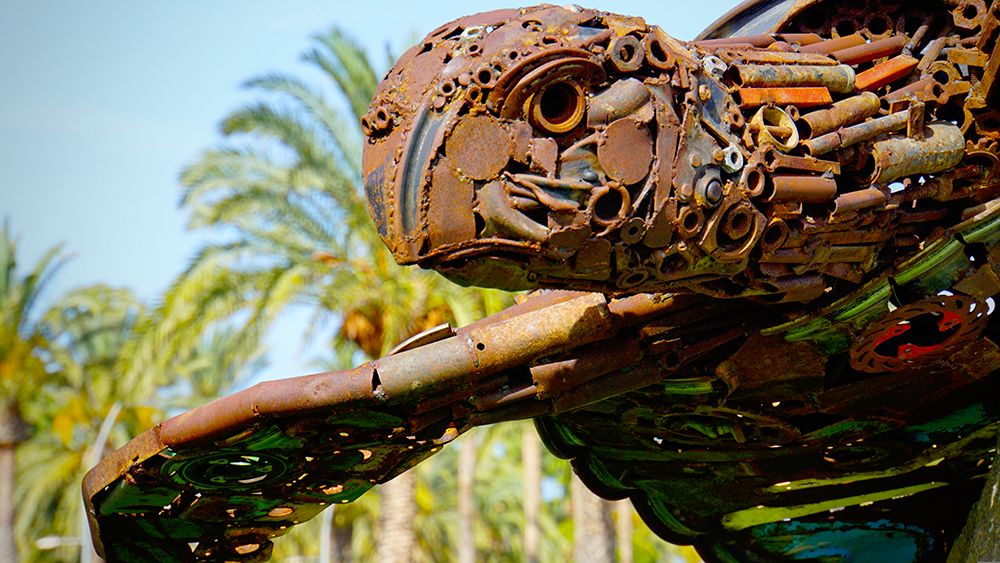
Interested in learning more about upcycling and its potential? Check out Eco Snooki's video!
Want even more content about creativity and art?
Be sure to check out all of our creative chronicles!
Ready to dive into the world of upcycling and recycled art?
Check out some of our other articles:
-What is the difference between upcycled and repurposed?
-What are the disadvantages of upcycling?

